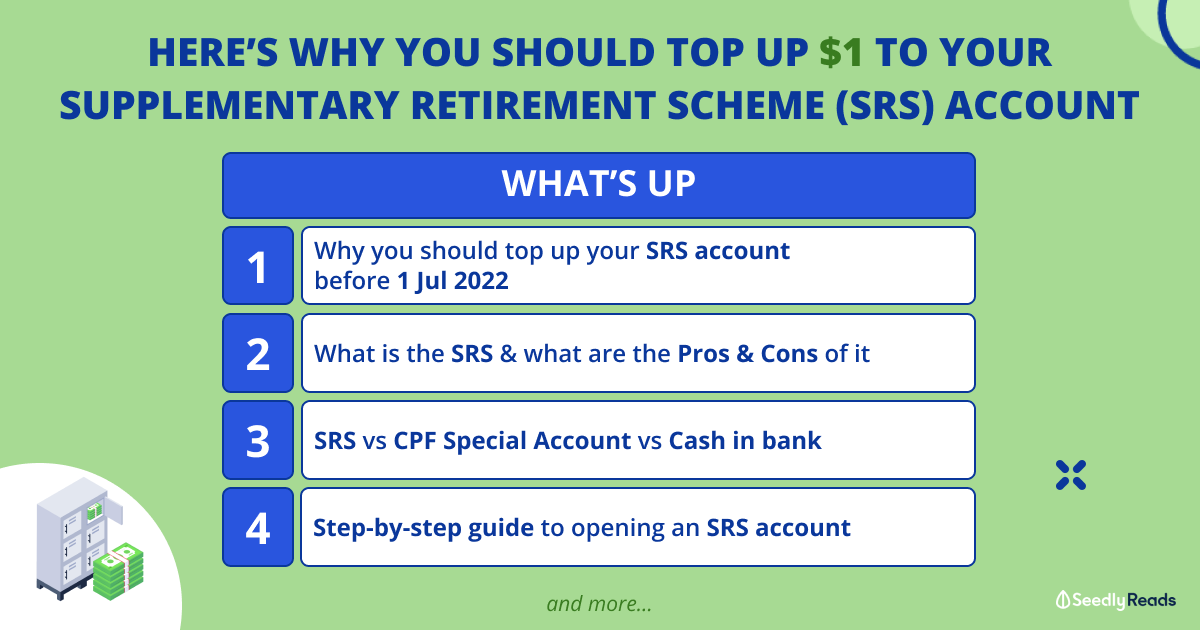With regards to the article "How to use the CPF Ordinary Account for retirement" by Mr. Tan Ooi Boon published on 4 July 2021, I would like to point out the inaccuracies about shielding in his example under the section "A LIFETIME OF HIGH INTEREST".
In his example, the member has $700,000 in OA and $250,000 in SA. Let us look at the end results with and without SA shielding.
Without shielding, his OA would be $700,000and SA $64,000 after 55, a total of $764,000 risk-free cash reserve. Total SA+OA yearly interest is $20,060.
With shielding, his OA would be $554,000 and SA $210,000, still a total of $764,000 risk-free cash reserve (same as without shielding). Total SA+OA yearly interest is now $22,250, $2,190 more than without shielding.
If he withdraws $20,000, the yearly interests are enough to cover the withdrawal amount for both with and without shielding. In fact, the total SA+OA balance after withdrawal is higher with shielding than without shielding.
And if he wants to withdraw more than yearly interests, lets say $30,000, do note that the withdrawal sequence is first from YTD unwithdrawn SA interests, then YTD unwithdrawn OA interests, current month SA contributions, current month OA contributions, SA balance, and finally OA balance.
Without shielding, his $30,000 withdrawal would be $20,060 from SA+OA interests, and the remaining $9,940 from SA, leaving behind the balance of OA $700,000 and SA $54,060, a total of $754,060 risk-free cash reserve after withdrawal.
With shielding, his $30,000 withdrawal would be $22,250 from SA+OA interests, and the remaining $7,750 from SA, leaving behind the balance of OA $554,000 and SA $202,250, a total of $756,250 risk-free cash reserve after withdrawal, $2,190 more than without shielding.
As you can see, he is better off with shielding than without shielding. He earns more interests to grow his risk-free cash reserve with shielding, even if he starts to withdraw money from the cash reserve.








With regards to the article "How to use the CPF Ordinary Account for retirement" by Mr. Tan Ooi Boon published on 4 July 2021, I would like to point out the inaccuracies about shielding in his example under the section "A LIFETIME OF HIGH INTEREST".
In his example, the member has $700,000 in OA and $250,000 in SA. Let us look at the end results with and without SA shielding.
Without shielding, his OA would be $700,000and SA $64,000 after 55, a total of $764,000 risk-free cash reserve. Total SA+OA yearly interest is $20,060.
With shielding, his OA would be $554,000 and SA $210,000, still a total of $764,000 risk-free cash reserve (same as without shielding). Total SA+OA yearly interest is now $22,250, $2,190 more than without shielding.
If he withdraws $20,000, the yearly interests are enough to cover the withdrawal amount for both with and without shielding. In fact, the total SA+OA balance after withdrawal is higher with shielding than without shielding.
And if he wants to withdraw more than yearly interests, lets say $30,000, do note that the withdrawal sequence is first from YTD unwithdrawn SA interests, then YTD unwithdrawn OA interests, current month SA contributions, current month OA contributions, SA balance, and finally OA balance.
Without shielding, his $30,000 withdrawal would be $20,060 from SA+OA interests, and the remaining $9,940 from SA, leaving behind the balance of OA $700,000 and SA $54,060, a total of $754,060 risk-free cash reserve after withdrawal.
With shielding, his $30,000 withdrawal would be $22,250 from SA+OA interests, and the remaining $7,750 from SA, leaving behind the balance of OA $554,000 and SA $202,250, a total of $756,250 risk-free cash reserve after withdrawal, $2,190 more than without shielding.
As you can see, he is better off with shielding than without shielding. He earns more interests to grow his risk-free cash reserve with shielding, even if he starts to withdraw money from the cash reserve.